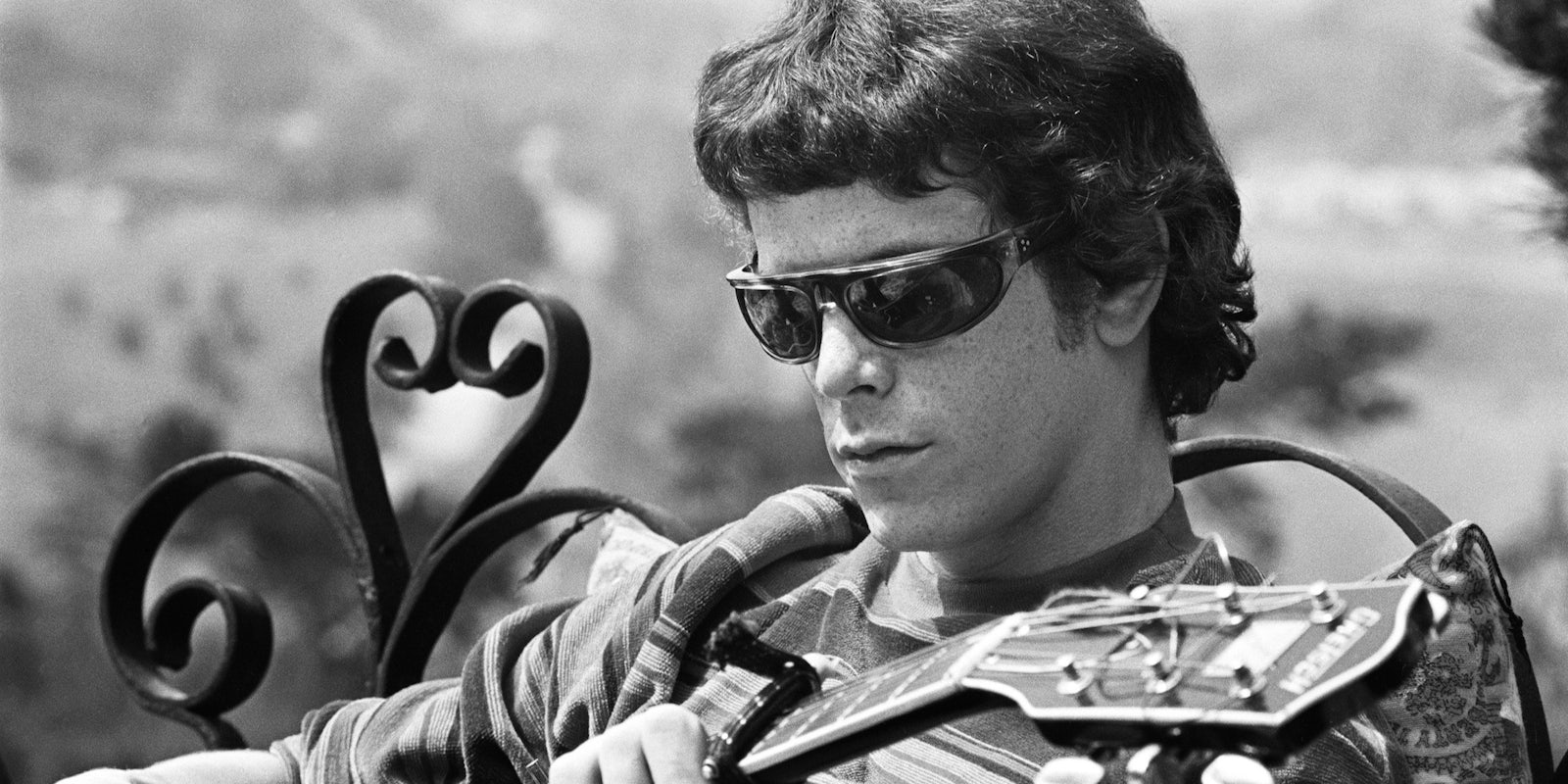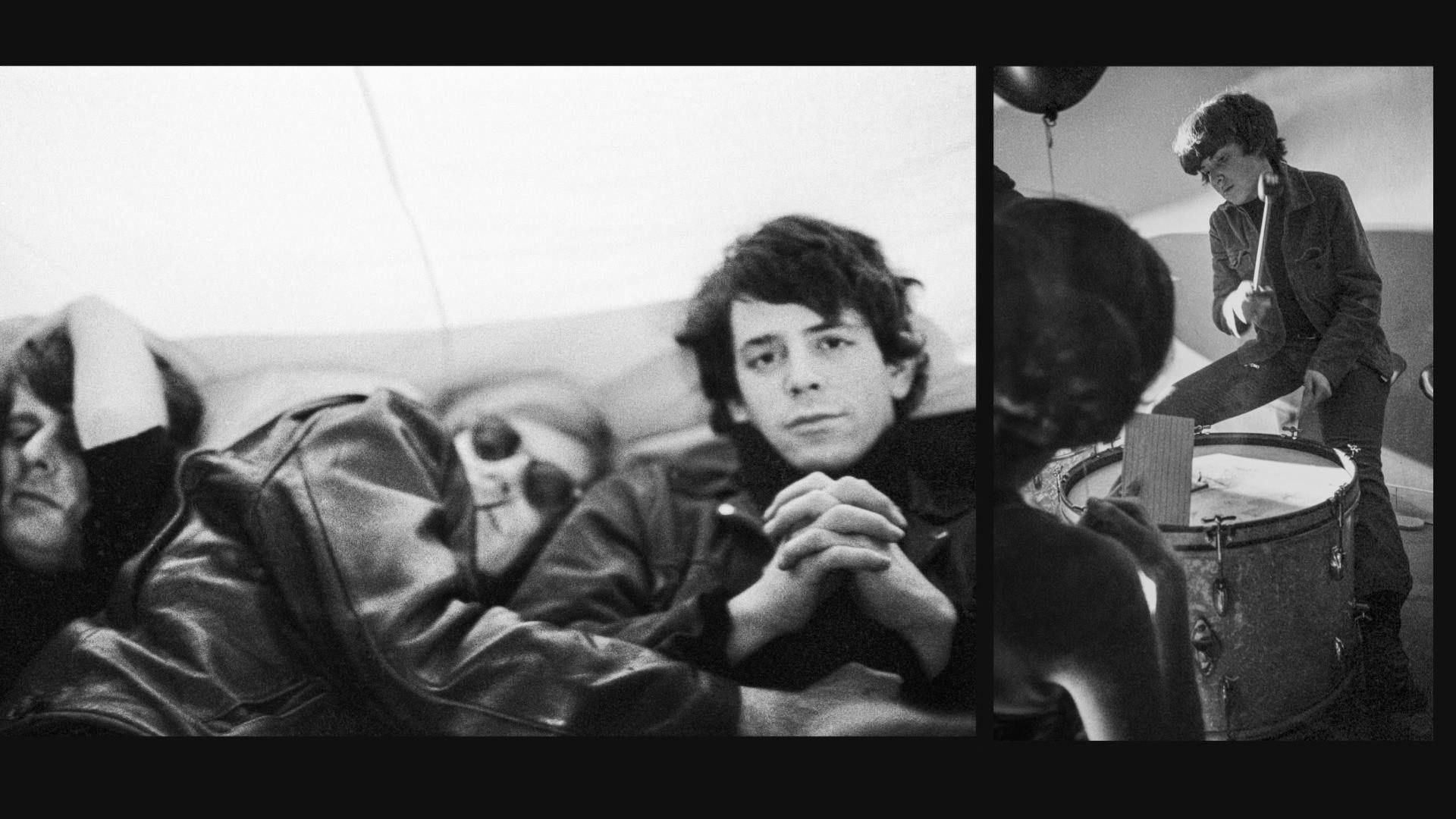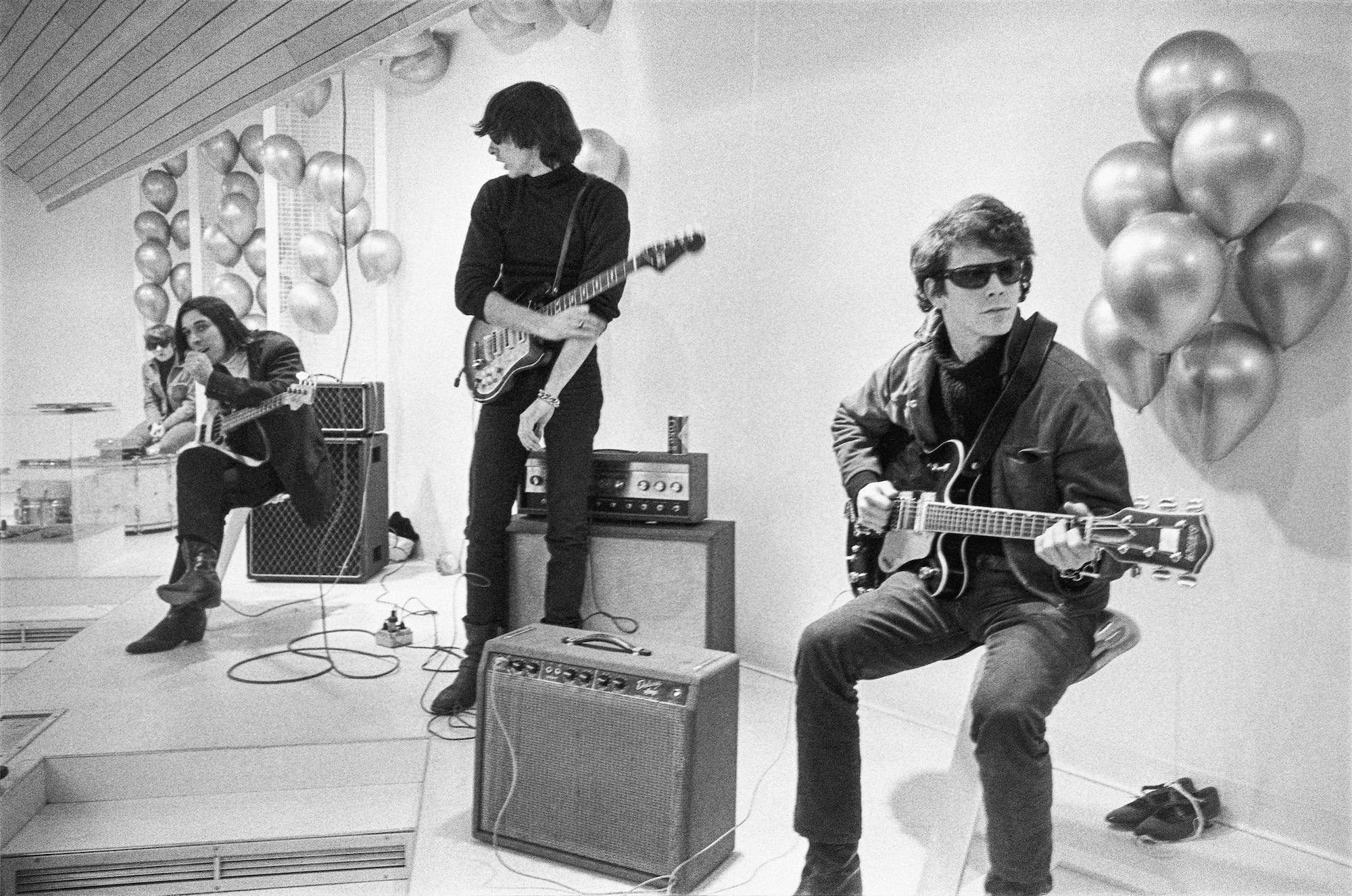“We have this chance to combine music and art and films all together,” Andy Warhol is heard saying (via archival audio) as he discusses The Velvet Underground, a band that he’s sponsoring at the Factory, Warhol’s studio. It’s a mishmash of mediums that could just as easily apply to The Velvet Underground, Todd Haynes’ eclectic ode to the influential band that’s far more interested in capturing a mood and a vibe than a paint-by-numbers rise-and-fall story, something that makes The Velvet Underground all the more memorable.
DIRECTOR: Todd Haynes
STREAMING: Apple TV+
Todd Haynes’ documentary evokes the visual and musical style of The Velvet Underground and the late ’60s art scene as surviving members, friends, family, and colleagues relay the story of a band that never got big but became a major influence.
The Velvet Underground never achieved the level of success as other bands like The Beatles or The Rolling Stones; in fairness, it’s not really even fair to compare them. But they were arguably just as influential: According to famed producer Brian Eno, “The Velvet Underground didn’t sell many records, but everyone who bought one went out and started a band.” Haynes might not have started a band after listening to The Velvet Underground, but many of Haynes’ previous films—from the Bob Dylan biopic I’m Not There and Velvet Goldmine (which included fictional characters based on the likes of David Bowie, Iggy Pop, and Velvet Underground frontman Lou Reed)—try to push some of the same limits the band saw in its music.
For much of the documentary’s opening minutes, Haynes presents footage in a split panel. On one side is your standard mix of archival footage, interviews from talking heads, and archival audio for the subjects who have long since died. On the other side of the panel is footage from some of Warhol’s famous screen tests.
The result is a bit unnerving: When you’re watching and listening to people talk about Lou Reed’s origins in Long Island and his start at Pickwick Records, or how John Cale, a classically trained artist from Wales who came to New York to study with La Monte Young, ended up in Reed’s orbit, you’re also watching slowed-down and younger versions of Reed and Cale staring unflinchingly at the camera–and at you.
With hindsight in the rearview mirror, the vast group of musicians, filmmakers, and critics that Haynes got to speak with him—including the band’s two surviving founding members, Cale and Maureen “Moe” Tucker—paint a picture that’s nostalgic for a bygone era. The Velvet Underground isn’t just an exploration of how the band, which also included guitarist Sterling Morrison and Tucker (the band’s drummer), came together and got big, it’s also a vivid depiction of how underground or experimental artists like Warhol, Tony Conrad, and Jonas Mekas fed into The Velvet Underground, giving them a place to thrive. It’s wild and weird, and thanks to editor Adam Kurnitz, feels akin to what watching one of their experimental shows might feel like, but it’s never not engaging. The sound is completely immersive, one that almost requires the best sound system you have access to (and that you feel safe getting access to if a theater is an option) in order to watch it.
As much as The Velvet Underground is a celebration of the band, it doesn’t shy away from some of the darker aspects. Tucker (whose look was on the more androgynous side) is upfront about how unfriendly the Factory could be, noting that, “if you didn’t measure up (and whoever could measure up), that was very, very damaging. It was not a good place for women, and if you never can get past the fact that what you were valued for was primarily your looks.” Even as Lou Reed, who strived to be rich and famous and got rid of anyone who hindered that, was praised for his ingenuity, his friends, family, and colleagues also didn’t try to hide his many flaws. (Reed, who wanted Cale out of the band, gave Morrison and Tucker an ultimatum and when they chose Reed, Reed made Morrison deliver the news to Cale.) At times, the band struggled to get played on the radio, and a tour out west was something of a disaster when they were derided by the audience that might be most open to them. As Tucker noted scathingly, the feeling was mutual: None of them really understood what hippies were going for with free love or the bra-burning, either.
If you’re unfamiliar with The Velvet Underground apart from perhaps their most famous album—The Velvet Underground & Nico, aka the Banana album, referred to as such because of Warhol’s banana design on the cover—you might feel a bit lost. Haynes made the choice to mostly focus on the height of their association with Warhol, so some of the band in the post-Warhol era (Reed eventually fired him) is skimmed over. It might not be the most welcoming of choices for casual or new fans, but it makes its mark.
“The first words out of my mouth might’ve been, ‘These people understand me,’” the musician Jonathan Richman said. Richman is among the musicians directly influenced by The Velvet Underground—Richman said he went to dozens of shows, would pepper the band with questions as they set up, and said that Morrison taught him to play guitar. But even if the band itself seems unapproachable, that kind of connection he had with them is universal.
The Velvet Underground is now streaming on Apple TV+.




